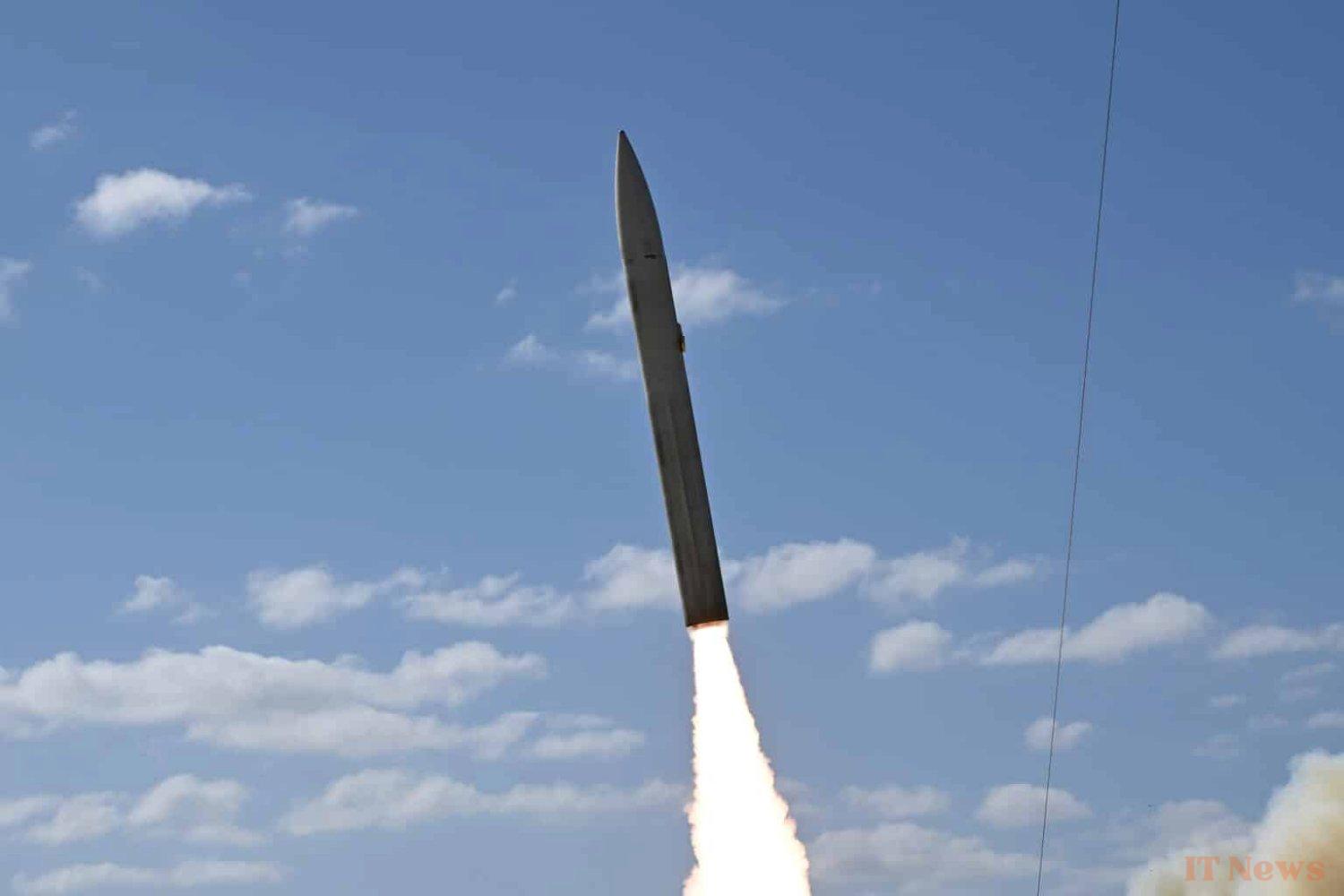On Friday, April 25, the Federal Aviation Administration (FAA) issued a notice closing the airspace around the "Space Coast," the Florida ocean coastline that includes Cape Canaveral and the Kennedy Space Center. Offshore, in an area called the "Eastern Range," aircraft overflight has also been prohibited within a certain perimeter. This is far from an unprecedented situation, as it is taking place at every time a rocket takes off, whether it's SpaceX, Blue Origin, the United Launch Alliance, or any other American launcher.
Yet on that day, the FAA didn't secure the skies for the same reason. Rather than a rocket, a hypersonic missile. From Cape Canaveral, an undisclosed device was tested at mind-blowing speeds, up to 5 times the speed of sound (about 1225 km/h at sea level). Although the pictures taken by photographers on site appear to show a rocket, it is indeed a new missile from the American army, and it has a name: "Dark Eagle," from the family of long-range hypersonic weapons (LRHW).
A missile faster than a rocket
Last December, the US Department of Defense already announced a test of its new device, also from the Cape Canaveral Space Force Station. We then learned that it was a ground-to-ground missile equipped with a hypersonic glider body, capable of maneuvering at speeds up to Mach 5 (6,000 km/h) in the Earth's atmosphere. Of course, rockets can go much faster (they typically accelerate to 28,000 km/h to reach orbital velocity) but only exceed missile speed once they have left the atmosphere.
It generally takes between 2 and 3 minutes for a rocket to reach 6,000 to 8,000 km/h. This is It is at this point, around 80 kilometers in altitude, that the first stage separates (at least, for a SpaceX Falcon 9 rocket). With the Dark Eagle missile, the acceleration is much more pronounced, and in the images taken by photographers on site at Cape Canaveral, it was difficult to identify the vessel.
“Shortly after takeoff, the vehicle split into two separate parts, one appearing to tumble, while the other continued to propel itself until "disappear into the sky," wrote one of them, named Jerry Pike, in a post published on X. The man was certainly talking about the first stage of this missile, which is composed of two parts. Enough to cut the acceleration phase of the latter, and to take it very far. According to estimates, its range would reach 2775 kilometers.
Last December, some were able to film the launch of the missile, and follow it during its acceleration phase until it disappeared. What are the best images:
Integrated since 2023 into the US Army's "Prompt Global Strike" program, the missile aims to respond to the Chinese (DF-ZF) and Russian (Kinzhal) hypersonic missile programs. In France, since 2023, a similar development program has existed with the VMaxX hypersonic glider (for Experimental Maneuvering Vehicle). A demonstrator which must also reach Mach 5.
Source: Space.com



0 Comments